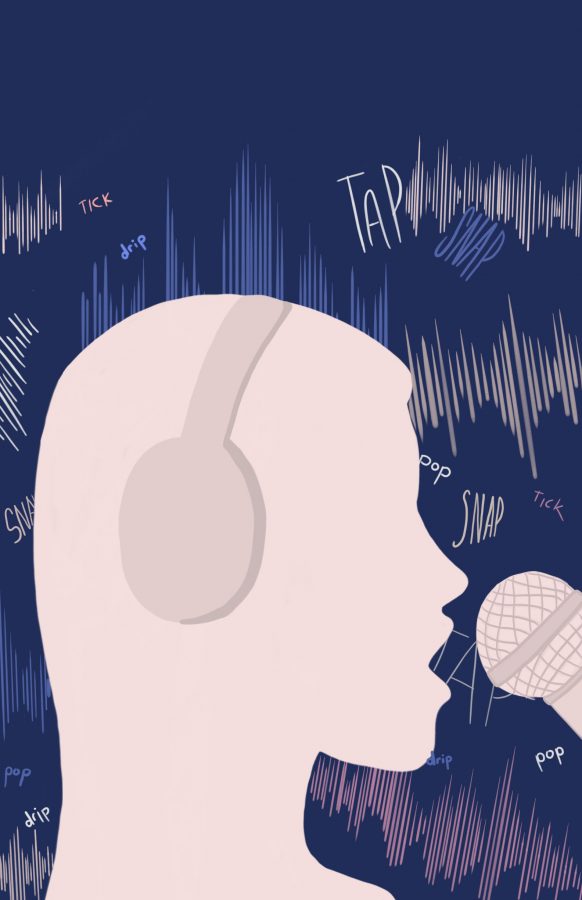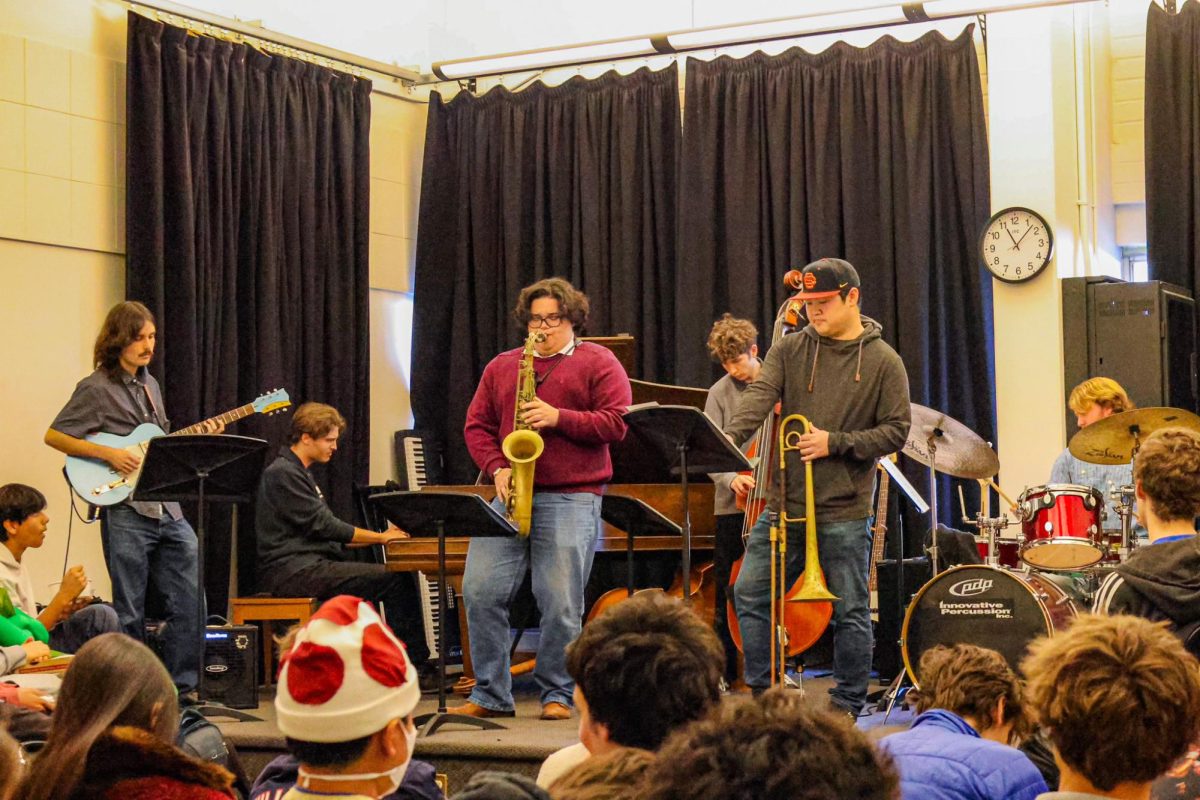The crunch of an apple. The tapping of a pencil. The whisper that “everything will be okay.” While these sounds are seemingly random, they have one thing in common: they are all a part of one of the Internet’s newest crazes, autonomous sensory meridian response, or more commonly known as ASMR.
Although only more recently popularized, ASMR has been going around the Internet for years. ASMR is a physical sensation that is brought on by some sort of noise, such as whispering, scratching or page turning. For some, these sounds can trigger a tingling sensation on their skin and bring on feelings of relaxation, leading to it gaining popularity not only as an Internet trend but also as a form of anxiety relief.
Professor of Psychology at Univerity of Sheffield Giulia Poerio was one of the first doctors to conduct scientific research on the effects of ASMR. She credits ASMR’s newfound popularity with the fact that it works to help people relax.
“The term ASMR has only recently come into the public sphere, meaning that people now have the language to describe a feeling that they may have experienced for most of their lives,” Poerio said. “I think ASMR videos are so popular because they work and help people with things like stress.”
People felt the benefits before the term ASMR was coined in 2010, but they just didn’t know what to call it, she said.
“It’s important to remember that although there is a large community of ASMR content online, this feeling existed before there was a term for it so people can, and often do, experience ASMR in everyday life situations,” Poerio said. “YouTube has allowed people to experience this feeling ‘on demand’ to help promote relaxation.”
Despite ASMR’s long existence, the lack of scientific reasoning behind it prevented people from doing research up until the past few years. However, now that studies regarding ASMR are becoming more common, research is supporting what was once just speculation.
According to research done by the Swansea University in 2015, out of 475 people who regularly watched ASMR, 98 percent thought that ASMR was helpful in providing relaxation, 82 percent reported that ASMR helped them sleep and 70 percent used ASMR to help deal with stress.
Naomi Ogden ’20 agreed with the findings and said that she has found ASMR to be a helpful tool to aid her stress.
“If it is something that would normally be soothing, like going to the hair salon, getting your hair done or something like that, then that’s good,” Ogden said. “But, if it’s just someone haphazardly poking at some slime, it’s just very anxiety-inducing. [The feeling is] just like a wash of calm, like I’m transported to somewhere else. I can take my mind off whatever’s going on.”
The question, though, about whether or not people who do not get that “tingling” sensation can still feel the benefits of ASMR is up in the air.
“Whether or not ASMR videos could be a tool to help people who don’t experience ASMR is an open question,” Poerio said. “People who don’t experience ASMR might find ASMR videos relaxing, but that isn’t the same as the response which is a tactile and almost trance-like experience.”
Regardless of the scientifically proven benefits of ASMR, to some, it is viewed as a form of comedy, leading to a new era of memes revolving around the fad. New YouTube creators like 13-year-old Life With Mak have brought on an onslaught of new attention to the ASMR community. Her ASMR skits have been retweeted and shared throughout the summer, bringing her monthly view count from 17,400 in May to 27,580,000 in August.
Life With Mak is not the only one feeling the effects of ASMR’s surge in popularity. After taking five years to get to 600,000 subscribers, Gentle Whisperings, another ASMR YouTuber, gained 830,000 subscribers in the past four months.
With increased attention, ASMR has developed to become more creative, with creators spending more time on their production and performances. However, just because these videos are more theatrical, it does not necessarily mean they are as effective.
“Anecdotally speaking, I’ve heard some people say that videos with a ‘produced’ style can make their ASMR experience feel less naturalistic, and you can see some artists move back to more basic videos such as simple talking recorded on phones,” Poerio said.
Lola Craig ’20 said the videos are a good form of entertainment.
“I don’t really find it satisfying or helpful for actually calming me down, but I think it is super entertaining,” Craig said. “I think it’s so enjoyable because people do a lot of skits that I enjoy and find funny, especially when they use props. I think that makes ASMR fun to watch and a good laugh.”





























